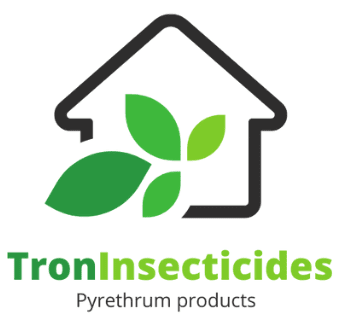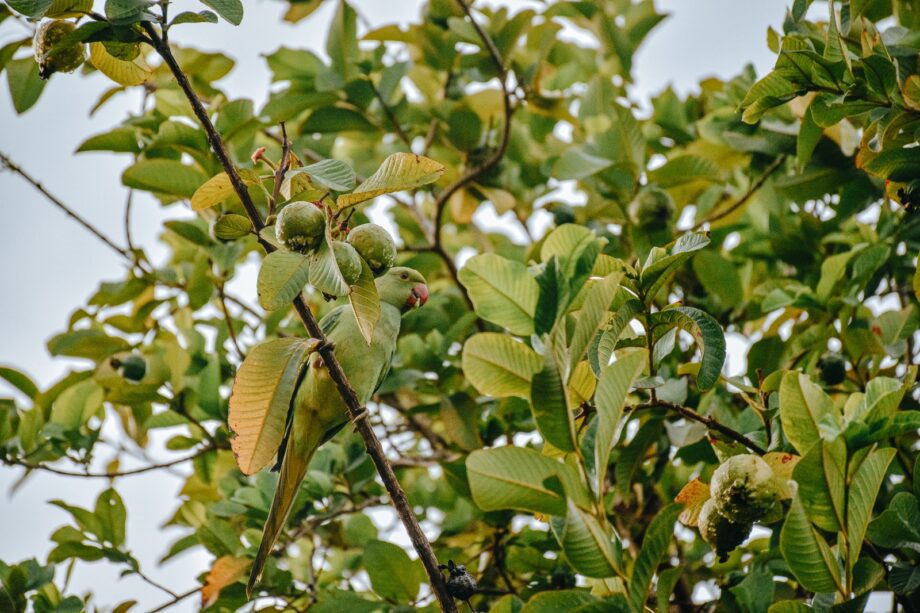Guavas are tropical fruit that can be grown in many backyard gardens. They are a great source of Vitamin C, and growing your own guavas can save you money at the grocery store. Guavas can be tricky to grow, but with this guide, you’ll be a guava-growing pro in no time!
Benefits and necessity of growing Guavas in your garden?
Are you looking for a fruit that is not only delicious but also packed with nutrients? If so, then you should consider growing guavas in your garden. Guavas are rich in vitamins C and A, as well as fiber and antioxidants. They also contain compounds that can help boost your immune system and fight off infections.
In addition to their nutritional benefits, guavas can also add beauty to your garden. They have beautiful flowers that range in color from white to pink, and their foliage is lush and green. Guavas are relatively easy to care for, and they are tolerant of both drought and frost. With proper care, you can enjoy fresh guavas from your own garden for years to come.
Minimum Criteria to grow Guavas in your home garden
Are you thinking of adding a guava tree to your home garden? If so, there are a few minimum criteria you’ll need to meet in order for the tree to thrive. First, guava trees need full sun and well-drained soil in order to produce healthy fruit. The tree will also need regular watering, especially during the fruiting season. Add some organic matter to your soil before planting to help with drainage and water retention.
Once your tree is established, it’s important to prune it regularly to encourage new growth and prevent the formation of weak branches. You should also fertilize your tree every few months with a balanced fertilizer. With proper care, your guava tree will provide you with delicious fruit for many years!
What is the ideal time for growing Guavas?
There are various opinions out there about the ideal time for growing Guavas. Some say that it’s best to plant them in the spring, while others recommend planting them in the fall. Ultimately, it may come down to trial and error to see what works best in your particular garden. If you’re unsure, it might be best to consult with a local nursery or gardening expert before getting started.
Steps to follow for growing Guavas in your garden
Assuming you have a garden, the first step is to find a good spot for your guava tree. Guavas need full sun and well-drained soil. If your soil is not well-drained, you can improve it by mixing in some organic matter. Once you have found a good spot, dig a hole that is twice the width and depth of the tree’s root ball.
Next, you will need to prepare the tree for planting. To do this, gently remove the tree from its container and loosen any bound roots. Once the roots are loosened, you can place the tree in the hole you dug earlier. Be sure to backfill the hole with soil, tamping it down as you go so that there are no air pockets. Water the tree well.
Guavas are relatively low-maintenance trees, but they do need regular watering, especially when they are first getting established. Water your tree deeply once a week, providing enough water to soak the root system. After the first year or so, you can reduce watering to once every two weeks. Be sure to monitor your tree during periods of drought and water more frequently if necessary.
What type of soil is necessary for growing Guavas?
Guavas are relatively easy to grow and can thrive in a variety of soil types, as long as the soil is well-drained. sandy loam soils are ideal, but guavas can also grow in clay or loamy soils. If your soil is heavy or poorly drained, you can improve it by adding organic matter such as compost or peat moss.
How to use insecticides to prevent pest attacks in your Guava tree?
If you’re growing guavas, you may already be familiar with the potential problems that pests can cause. While there are many different types of insecticides available, choosing the right one is critical to preventing pest attacks in your guava tree. Here are a few tips on how to use insecticides to keep your guava tree healthy and free of pests:
1. Select an insecticide that is specifically designed for guavas. There are many different types of insecticides available, but not all of them are equally effective against all types of pests. Choosing an insecticide that is specifically designed for guavas will help to ensure that it is effective against the specific pests that commonly attack these trees.
2. Apply the insecticide early in the season. Many pests are most active in the spring and summer, so applying an insecticide early in the season can help to prevent them from damaging your guava tree.
3. Follow the directions on the label carefully. It is important to follow the labels’ directions carefully when using any type of pesticide. Failure to do so could result in damage to your plant or potentially harm you or your family if you come into contact with the pesticide.
Types and varieties of Guavas
Guavas are one of the most popular fruits in the world. They are delicious and have many health benefits. Guavas are rich in vitamin C, fiber, and antioxidants. They can be eaten fresh, made into juices or jams, or used in cooking.
There are many different types of guavas available in the market. Some of the most popular varieties include:
1. Strawberry Guava: Strawberry guavas are small and round with red or purple skin. They have a sweet flavor and are often used in jams and jellies.
2. Pineapple Guava: Pineapple guavas are larger than strawberry guavas and have yellow or green skin. They have a tart flavor and are often used in pies and desserts.
3. Red Guava: Red guavas are large and oval-shaped with red skin. They have a sweet-tart flavor and are often used in juices and sauces.
4. White Guava: White guavas are large and oval-shaped with white skin. They have a sweet flavor and are often used in desserts.
Conclusion
Guavas are delicious and nutritious fruit that can be grown in your own garden with relatively little effort. By following the tips outlined in this article, you can enjoy fresh guavas for years to come. So what are you waiting for? Get started today and see the results for yourself!

